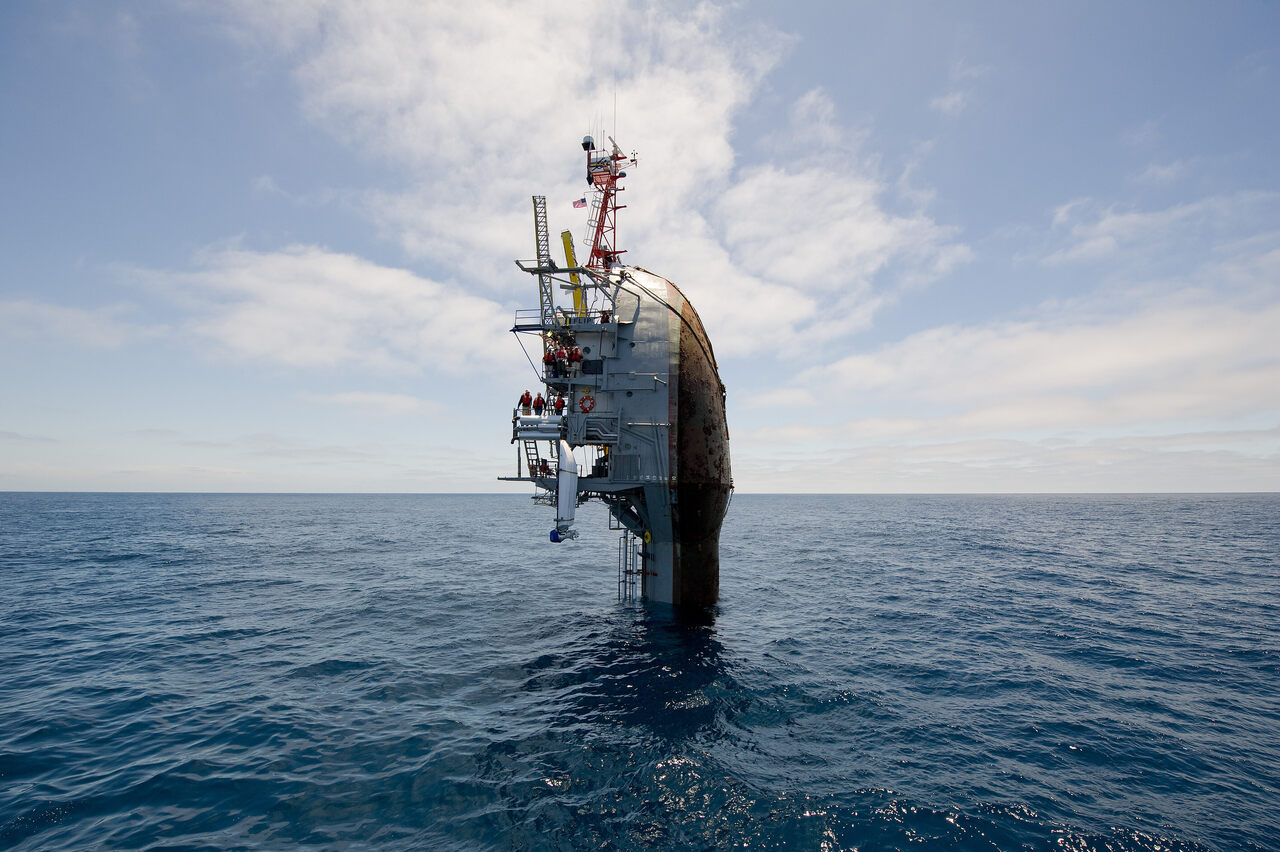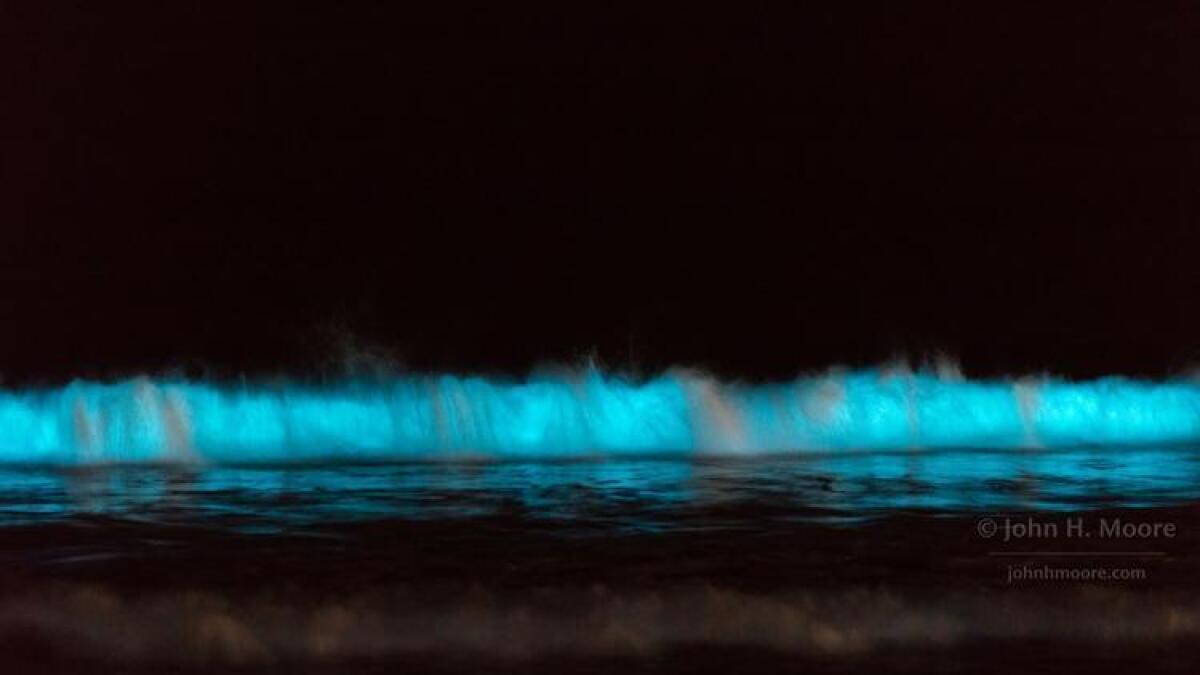 |
| OFFICE OF NAVAL RESEARCH/CC BY 2.0 |
"Why is that picture hanging sideways? Oh, wait a minute..."
On June 1st, I was invited to tour the RP FLIP, a famous ship part of the Scripps Institution of Oceanography fleet. The FLIP ship is an oceanographic research vessel with a long, weighted "tail" that is designed to keep the ship steady when rotated vertically by 90 degrees. By not succumbing to wave movements in the open ocean, the FLIP allows researchers to accurately measure wave height, along with other things like ocean conditions and acoustics.
 |
| The "tail" section of the FLIP is more than 90 meters long and stabilizes the research platform when rotated 90 degrees into the water. |
 |
| Chairs are secured to the ceiling with a desk that is secured to the post-flip floor. |
During the 20-minute vertical rotation, researchers and crew must hold on to a bar with one foot in position for when the flip completes. The flip is slow, and at the last second jerks upright, so it is a relatively safe process.
 |
| Researchers and crew must hold on to this support with leg in-place during the 20-minute flipping process. |
Once the flip is complete, the vessel stays in place until it is ready to flip back and be tugged somewhere else. During this time, however, the sun bakes the barnacles stuck to the hull and the smell of decaying sea critters floods the living quarters, making a difficult environment to work in.
Although extreme, the FLIP is an iconic vessel, and it was such a privilege to explore it. Thank you for a FLIPping great tour!!
 |
| A successful hike to the end of the FLIP ship's 90-meter "tail" with the body of the vessel in the background. Thank you for a FLIPping great tour! |


